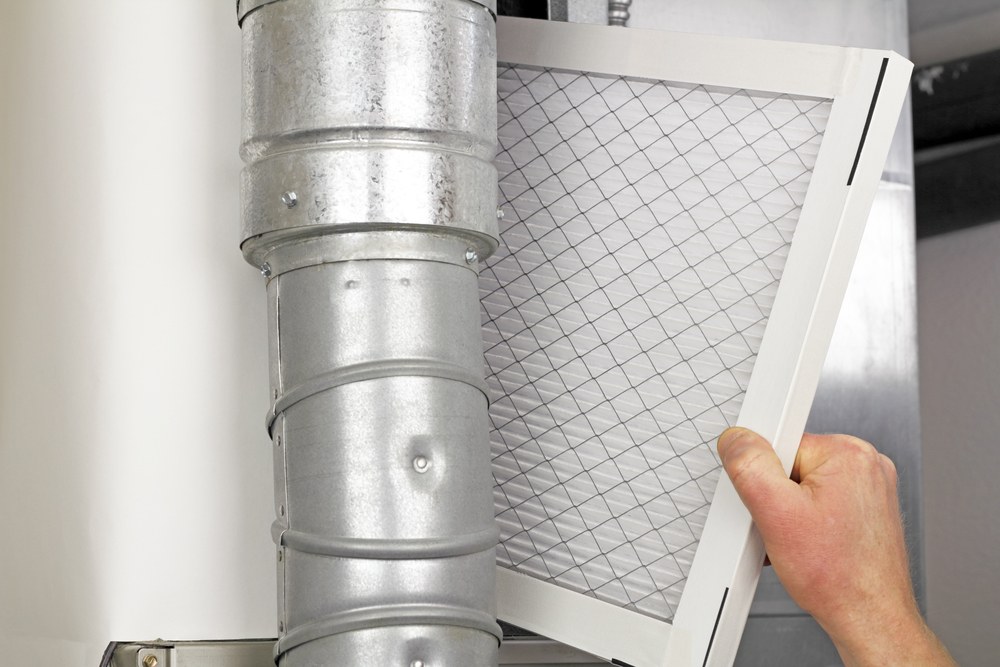 If you want to keep your home’s furnace in top condition for years to come, one of the best things you can do is make sure its filters are changed regularly. Furnace filters aren’t expensive, they’re easy to change, and they play a very important role in how well your furnace runs. If a furnace filter gets too dirty, the furnace has to work harder to move the warm air throughout the house, which puts a greater strain on your furnace and drives up your energy bills. Dirty air filters can increase a furnace’s energy consumption by as much as 15% and when a furnace has to work harder just to operate, the more likely it is that you will have to deal with big repair bills.
If you want to keep your home’s furnace in top condition for years to come, one of the best things you can do is make sure its filters are changed regularly. Furnace filters aren’t expensive, they’re easy to change, and they play a very important role in how well your furnace runs. If a furnace filter gets too dirty, the furnace has to work harder to move the warm air throughout the house, which puts a greater strain on your furnace and drives up your energy bills. Dirty air filters can increase a furnace’s energy consumption by as much as 15% and when a furnace has to work harder just to operate, the more likely it is that you will have to deal with big repair bills.
When you have someone come out to your home to repair or inspect your furnace, there’s a good chance they’ll ask you how frequently you change its filter. Some people will say you should change your filter monthly, others will say every three or six months. So how often do you really need to change your furnace filter? It all depends on several different factors, such as whether or not you have allergies, if you have pets, if you’re a smoker, and the type of filter you use. If you have allergies, changing your furnace’s filter more frequently will help keep airborne allergens in your home under control. Smokers and pet owners may find that their furnace filters get dirty more often because of all the smoke and pet hair that makes its way into your home’s ducts.
Not all furnace filters are created equally. There are several different types of furnace filters out there and some types are more effective than others. As you’re looking for a new filter, look for filters with a higher minimum efficiency reporting value (MERV). The higher a filter’s MERV value, the more effective it is at trapping dust and other particles you don’t want circulating in your air. Filters with lower MERV values are less expensive, but they’ll typically need to be changed more frequently.
Fiberglass filters are one of the most inexpensive types of filters out there, but they do very little to improve the quality of air in your home. They usually only trap less than 10% of air pollutants in your home and will need to be replaced very frequently, sometimes as often as every month. Polyester or pleated filters are also inexpensive, but they’re much more effective than fiberglass filters at improving air quality, removing upwards of 45% of air pollutants.
To really improve the quality of air in your home, look for a filter with a MERV value of 9-12. There are filters out there with MERV values ranging as high as 16, but those are most commonly used in places like hospitals. Using a filter with too high of a MERV value can actually damage your furnace by slowing airflow down too much, but a MERV value of 9-12 is typically enough for an average household to keep allergens and debris out the air.
Not sure how often you should change your filter? Just take a look at it every month or so. If it appears to be clean, you should be able to continue using it for a bit longer. But if the filter is coated with dust and other debris, it’s time to get a new one.
